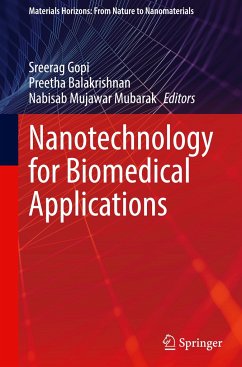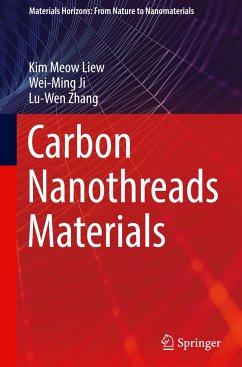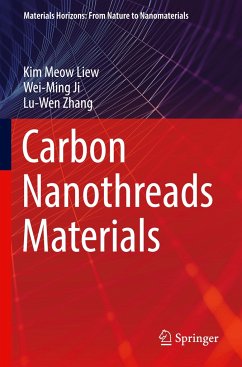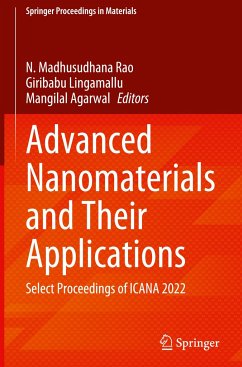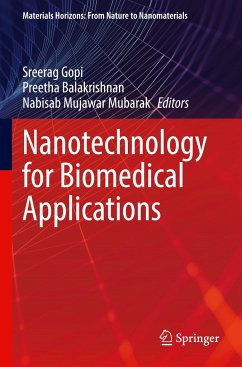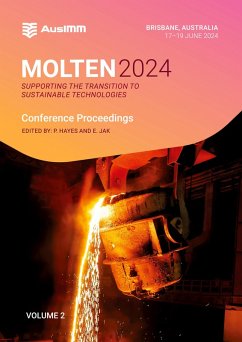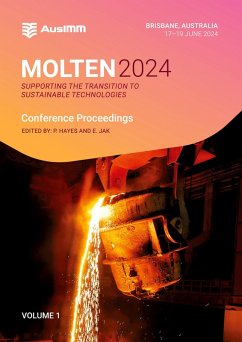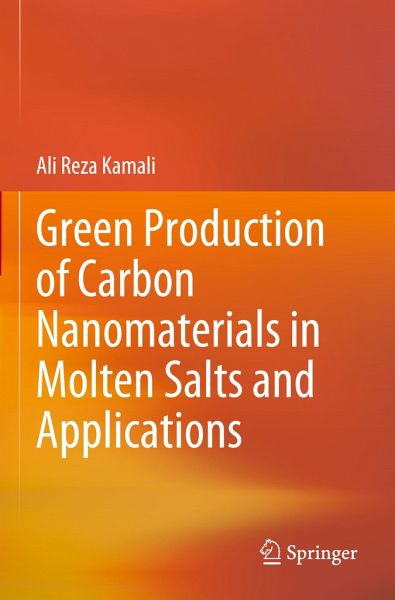
Green Production of Carbon Nanomaterials in Molten Salts and Applications
Versandkostenfrei!
Versandfertig in 6-10 Tagen
134,99 €
inkl. MwSt.
Weitere Ausgaben:

PAYBACK Punkte
67 °P sammeln!
This book focuses on the possible interactions that might occur between carbon materials and molten salts, and discusses the mechanisms involved in detail, highlighting possible future developments in the field. Carbon materials can be exposed to molten salts in various technologically important applications, such as in molten salt-nuclear reactors and aluminum production electrolysis cells. As such, numerous studies have investigated the possible interactions between carbon and molten salts. In addition, various interesting carbon nanostructures have recently been produced in molten salts, in...
This book focuses on the possible interactions that might occur between carbon materials and molten salts, and discusses the mechanisms involved in detail, highlighting possible future developments in the field. Carbon materials can be exposed to molten salts in various technologically important applications, such as in molten salt-nuclear reactors and aluminum production electrolysis cells. As such, numerous studies have investigated the possible interactions between carbon and molten salts. In addition, various interesting carbon nanostructures have recently been produced in molten salts, including carbon nanotubes, graphene and nanodiamonds with a number of attractive applications.
With abundant images and graphs supporting the discussion, this book appeals to researchers working in the field of carbon nanostructures, carbon capture and conversion, nuclear reactors, energy storage, molten salts and related areas of science and technology.
With abundant images and graphs supporting the discussion, this book appeals to researchers working in the field of carbon nanostructures, carbon capture and conversion, nuclear reactors, energy storage, molten salts and related areas of science and technology.








